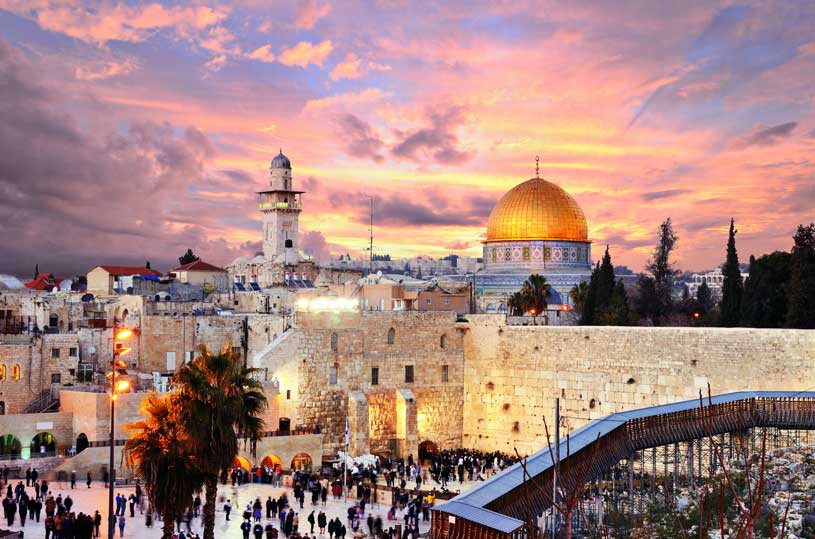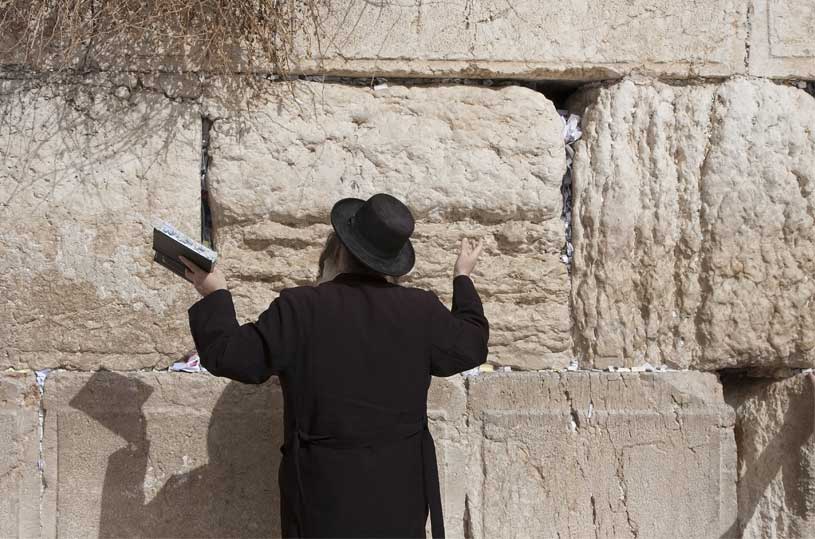1. Elul is the twelfth month in the Jewish calendar year, which begins with the month of Tishrei. It is the sixth month when starting with the month of Nisan.
2. Elul only has 29 days.
3. The name of the month, as with the names of the rest of the months in the Jewish calendar, was taken from the Babylonian exile, it originates from the word “Ulolo” which in Akkadian means “harvest”.
4. Another possible meaning for the word Elul is “Alal” which in Aramaic means, “to search”. This expresses the idea that the month of Elul is the month of repentance and introspection.
5. The name Elul appears for the first time in the book of Nehemiah. The Ethiopian community calls this month Lul. The astrological sign for this month is Virgo.
6. The sages have given the month of Elul a sign as the acronym for the verse: Ani L’Dodi V’Dodi Li (I alone am my Beloved’s and my Beloved is mine). This alludes to the fact that in the month of Elul G-d is close to the nation of Israel and assumes the role of their ‘Beloved’.
7. In addition, the last letter of each of the four words in the above verse end with the letter ‘Yod’ which has the numerical value of 10; multiplied by the four words in the verse makes it 40. These are the forty days that Moshe spent on Mount Sinai in order to receive the Torah.
8. According to tradition, this month is referred to as the month of ‘mercy and forgiveness’ as it precedes Rosh Hashana and Yom Kippur. It is customary to rise early on those days and recite the Selichot prayers.
9. Hassidic teachings explain that unlike other months when the King (G-d) is in the palace, in Elul He is in the field. Meaning, He is close and accessible to the people. According to the sages, after the first set of tablets were broken, Moshe went up to the mountain a second time on Rosh Chodesh Elul in order to receive the second set, and returned forty days later on Yom Kippur.
10. In Ashkenazic circles, it is customary to blow the Shofar from Rosh Chodesh Elul till the eve of Rosh Hashana before the recitation of: L’David Hashem Ori V’Yishi’i during the morning prayers. There are various customs regarding the sequence of the Shofar blowing.




